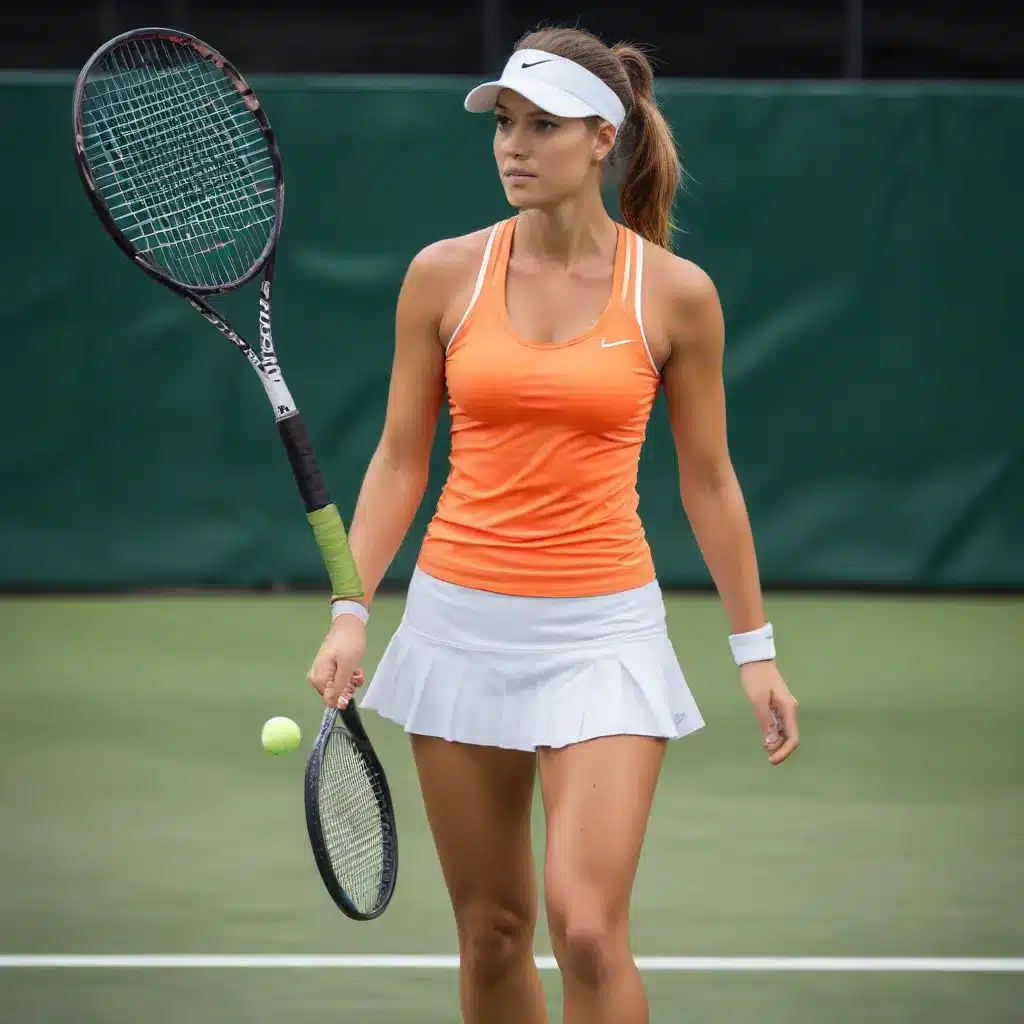
Embracing Innovation: How the Tennis Industry in London is Evolving
As the sport of tennis continues to captivate audiences worldwide, the industry behind it is also undergoing a remarkable transformation. In the vibrant city of London, where the game has deep-rooted traditions, the latest advancements in tennis equipment and technology are shaping the way players, coaches, and enthusiasts approach the sport.
Regulatory Compliance: Ensuring a Level Playing Field
The tennis industry in London is subject to a robust set of regulations and standards to maintain the integrity of the game. The Lawn Tennis Association (LTA), the governing body for tennis in the UK, has implemented comprehensive guidelines to ensure compliance across all aspects of the sport, including equipment and technology.
One of the key regulations in London is the mandatory certification of tennis equipment, such as rackets and balls, to meet specific performance and safety criteria. This helps to maintain a level playing field, preventing the use of any unauthorized or potentially hazardous equipment. Tennis coaches and clubs in the city are required to strictly adhere to these regulations, which are regularly reviewed and updated to stay current with industry advancements.
Additionally, the LTA has set guidelines for the use of technology in tennis, such as electronic line-calling systems and video analysis tools. These regulations ensure that the implementation of technology is fair, transparent, and does not give any unfair advantages to players. Coaches and clubs must ensure that any technological tools used in their training programs or events comply with the LTA’s guidelines, which are designed to enhance the sport’s integrity and professionalism.
Advancing Player Development: The Role of Technology
The tennis industry in London has embraced the power of technology to revolutionize player development and training programs. Advanced motion-tracking systems, for instance, are now widely used by coaches to analyze a player’s technique, identifying areas for improvement and enhancing their overall performance.
These sophisticated systems can capture detailed data on a player’s swing mechanics, footwork, and ball contact, providing valuable insights that were previously unattainable. Coaches can then use this information to tailor their training programs, addressing specific technical or tactical weaknesses and helping players reach their full potential.
Furthermore, the integration of virtual reality (VR) and augmented reality (AR) technologies into tennis training has opened up new avenues for skill development. Players can now experience simulated game scenarios, practice shot selection, and improve their decision-making skills in a safe and controlled environment. These innovative training methods have proven particularly beneficial for young aspiring players, who can hone their skills without the pressure of live match conditions.
Advancements in Tennis Equipment: Enhancing Performance and Sustainability
The tennis equipment industry in London has also undergone a remarkable transformation, with manufacturers constantly pushing the boundaries of innovation. The transition from traditional wooden rackets to high-tech graphite and carbon fiber frames has been a game-changer, offering players increased power, control, and precision.
Beyond the physical attributes of the equipment, there is a growing emphasis on sustainable and eco-friendly materials. Conscious consumers, including top-tier players, are demanding more environmentally responsible options, and the industry has responded accordingly. Many local tennis shops and retailers now offer a wide range of rackets, strings, and apparel made from recycled or biodegradable materials, reducing the sport’s carbon footprint.
Furthermore, the customization of tennis equipment has become increasingly important. Players in London are seeking rackets, strings, and shoes that are tailored to their specific playing styles and preferences. Local tennis shops and retailers have adapted to this trend, providing personalized fitting services and custom-order options to meet the diverse needs of their customers.
Cost Considerations: Balancing Performance and Affordability
As the tennis industry in London continues to evolve, cost management has become a crucial concern for players, coaches, and clubs. While the latest advancements in equipment and technology offer significant performance benefits, they can also come with a hefty price tag.
To address this challenge, many local tennis shops and retailers have implemented cost-effective strategies to ensure that players of all skill levels and budgets can access high-quality equipment. This includes offering a range of product tiers, from entry-level to professional-grade, catering to the diverse needs and financial constraints of the local community.
Additionally, some tennis clubs in London have established equipment rental or loan programs, allowing players to experiment with different rackets and technologies without the burden of outright purchase. This not only promotes accessibility but also encourages players to stay up-to-date with the latest advancements in the sport.
| Equipment Type | Entry-Level Price Range (£) | Mid-Range Price Range (£) | High-End Price Range (£) |
|---|---|---|---|
| Racket | 50 – 100 | 100 – 200 | 200 – 400 |
| Strings | 10 – 20 per set | 20 – 40 per set | 40 – 80 per set |
| Tennis Shoes | 40 – 80 | 80 – 120 | 120 – 180 |
| Tennis Apparel | 20 – 50 per item | 50 – 100 per item | 100 – 200 per item |
The table above provides a general overview of the cost ranges for various tennis equipment in London as of September 2024. It’s important to note that these figures may vary depending on factors such as brand, performance specifications, and seasonal trends.
Conclusion
The tennis industry in London is undergoing an exciting transformation, driven by the latest advancements in equipment and technology. From regulatory compliance to player development and sustainable equipment, the city’s tennis ecosystem is adapting to the evolving needs of players, coaches, and enthusiasts.
As the sport continues to captivate audiences, the industry’s commitment to innovation, accessibility, and environmental responsibility will be crucial in shaping the future of tennis in London. By embracing these changes and empowering the local community, the city’s tennis landscape is poised to become a beacon of excellence, inspiring players and coaches to reach new heights in the game.

